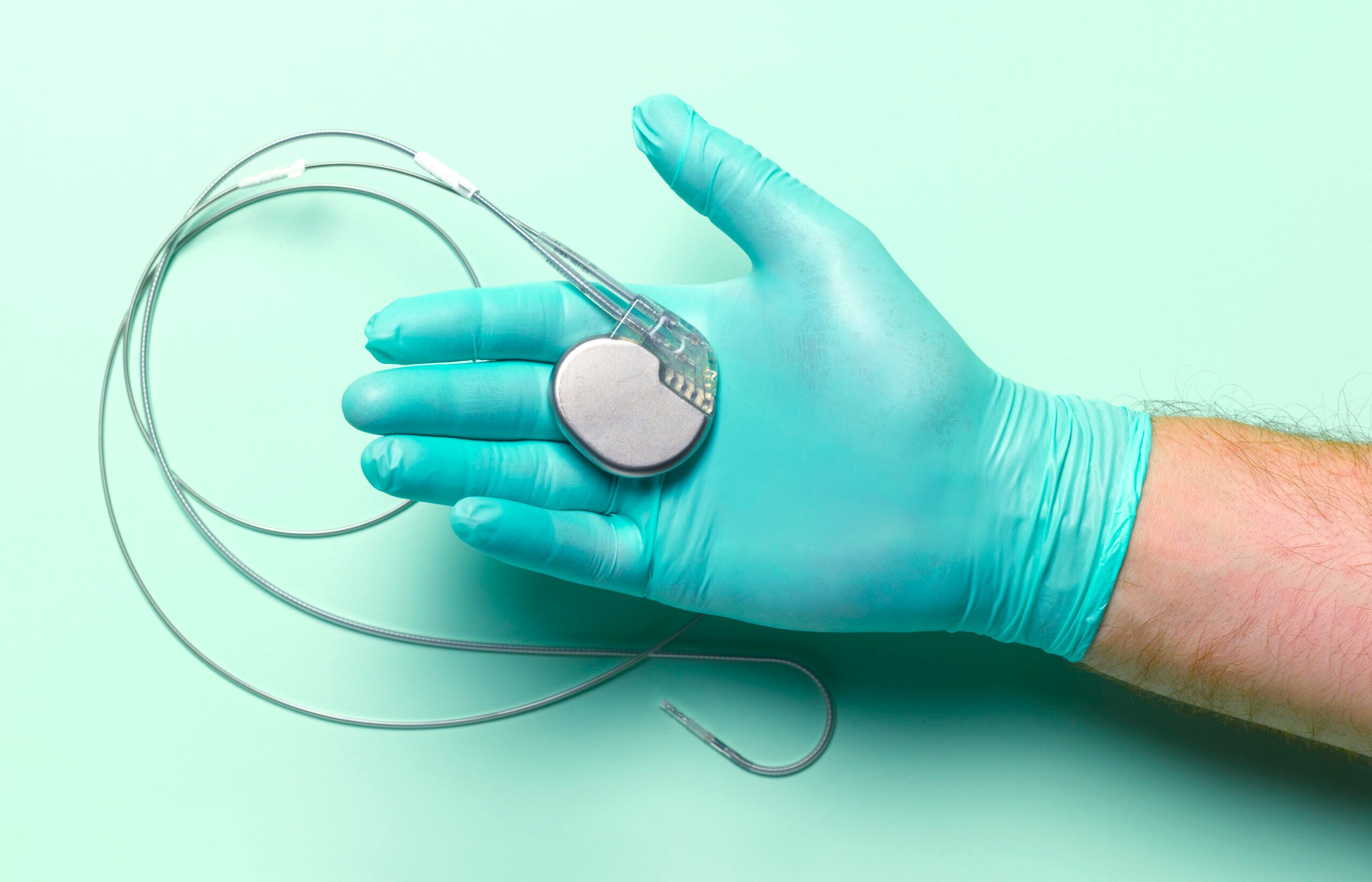Information for the 3 million Americans who are living with a pacemaker, after two reported deaths from device failure.

7 Types of Pacemakers Have Been Recalled with Advice for “Early Replacement”

Roughly 3 million Americans are currently living with a pacemaker, and according to the American Heart Association (AHA), 600,000 new pacemakers are implanted each year. Now, a breaking recall suggests those patients should check in with their doctors, after two deaths have been reported following device failure.
On December 16, The U.S. Food and Drug Administration (FDA) notified patients, caregivers, and healthcare providers of a malfunction affecting select pacemaker devices made by Boston Scientific Corporation (Boston Scientific) Accolade. These include the following pacemakers: the Accolade, Proponent, Essentio, and Altrua 2 Standard Life (SL) and Extended Life (EL) pacemakers, and the Visionist and Valitude cardiac resynchronization therapy pacemakers.
Pacemakers and cardiac resynchronization therapy pacemakers are small, battery-powered devices that are surgically implanted in the chest or abdomen to help regulate the heart’s rhythm and rate. Most often, they are used to treat abnormal heartbeat or heart failure.
The safety warning was initiated when the company identified that some of their devices had an increased risk to permanently enter Safety Mode, “which has limited functionality and has been associated with the pacemaker being unable to properly regulate the heart’s rhythm and rate in some patients.” This occurs due to “latent high battery impedance,” or an inability to produce sufficient electrical current, thereby compromising device function.
According to a separate notice issued by Boston Scientific, a subset of approximately 13% of the company’s devices could be affected by the malfunction. Those with older devices may be at higher risk of a problem, the company adds. “The susceptibility of experiencing a high battery impedance and entering Safety Mode has been observed when the device reaches approximately four years or less of remaining battery longevity,” they write. The devices are also designed to enter Safety Mode if three system resets occur within a 48-hour period.
The recall notice states that a device that enters Safety Mode due to battery problems should be replaced. Since Safety Mode “can only be identified through office visits or through remote monitoring using the Boston Scientific Latitude Communicator system,” this will require that you work with your healthcare team to monitor your device’s effectiveness, assess your personal risk, and make a plan to remove and replace your device if necessary.
The FDA shared the following recommendations for patients and caregivers:
- Continue to work with your health care provider to monitor your Accolade pacemaker device, either remotely or during your existing in-office follow-up schedule.
- Discuss with your health care provider if you are a candidate for remote monitoring. Remote monitoring enables your provider to receive regular updates, including a Safety Mode alert, from your device.
- If not a candidate for remote monitoring, discuss an in-office monitoring schedule with your health care provider to help ensure that your device is functioning properly.
- If monitoring indicates that your device entered Safety Mode, discuss a plan with your health care provider for surgery to replace the pacemaker.
- Discuss your current pacing needs and potential risk of your device entering Safety Mode with your healthcare provider.
- If you are determined to be at high risk of harm if your device entered Safety Mode based on your pacing needs, your health care provider may contact you about replacement of your device.
- Consult with your health care provider if you have new or worsening symptoms such as lightheadedness or loss of consciousness, or questions about your device potentially entering Safety Mode.
-
- Report any problems with your Accolade pacemaker device to the FDA.
The FDA also includes recommendations for healthcare providers, which can be found in the safety notice.
Patients can use the unique device identifier (UDI) to help identify devices that may be affected by the recall. “The UDI allows for more accurate reporting, reviewing, and analyzing of adverse event reports so that devices can be identified, and problems potentially corrected more quickly,” the FDA says.
- How do I recognize a UDI on a label?
- AccessGUDID database – Identify Your Medical Device
- Benefits of a UDI System
If you believe your pacemaker is malfunctioning by entering Safety Mode, report the problem through the MedWatch Voluntary Reporting Form. Additionally, consumers with questions about the recall can contact CDRH’s Division of Industry and Consumer Education (DICE).
For daily wellness updates, subscribe to The Healthy by Reader’s Digest newsletter and follow The Healthy on Facebook and Instagram. Keep reading:




















